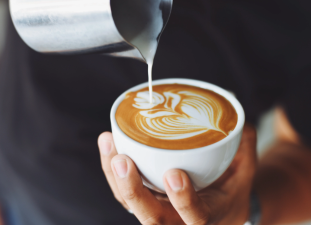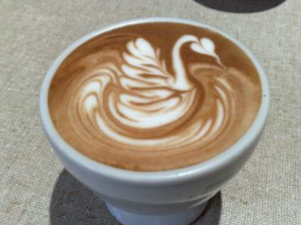Latte Art Courses Are the New Creative Hobby
Latte art, like painting inside a coffee cup, is a fascinating and enjoyable art.
Latte art, like painting inside a coffee cup, is a fascinating and enjoyable art.

Two Main Categories
In the vast world of latte art, latte art is divided into two main categories: free pour and etched. Etching, also known as etched, each offers unique expression methods, but training and technique are equally crucial.
The Key to Continuous Training
Regardless of technique, effective training and persistent determination are key to improving latte art. Only with effective practice can one reach new heights in the art of latte art.
The Significance of Latte Art
Latte art enhances the flavor and appeal of coffee, conveying emotion through pattern and enhancing the sensory experience. A beautiful latte art on a carefully crafted cup undoubtedly enhances its appeal. Compared to a monotonous Americano, its rich layers of flavor and enticing sweetness make every sip a true delight. From this perspective, latte art not only enhances the coffee experience but also builds a bridge between people and coffee.
Latte Art Techniques

- [Latte Art Process]
Latte art combines espresso with steamed milk. Latte, also known as latte art, is an Italian word meaning "milk," and latte artfully blends the essences of milk and coffee. Espresso is an essential ingredient in the latte art process. It's meticulously brewed in a professional semi-automatic espresso machine, in a mere 30ml serving, coated with a captivating layer of crema. The milk is then heated and whipped using the machine's steam jet, creating a dense, fine foam. Finally, and most crucially, the barista skillfully pours the foamed milk into the espresso cup using a specially designed latte art cup. With a gentle shake of the hand, intricate patterns like hearts and leaves emerge, creating a true work of art—a latte.
- [The Development of Carving Art]
Carving requires a barista's artistic background, using a carving needle to meticulously create and achieve innovative patterns and details. Of course, after pouring the milk foam, baristas can also use other tools to further their creativity. For example, they often use a fine carving needle to meticulously "draw" the pattern, creating a more colorful pattern. This leads to another advanced stage of latte art: carving. This technique requires a certain level of artistic foundation and is therefore favored by professional baristas.
